Technical
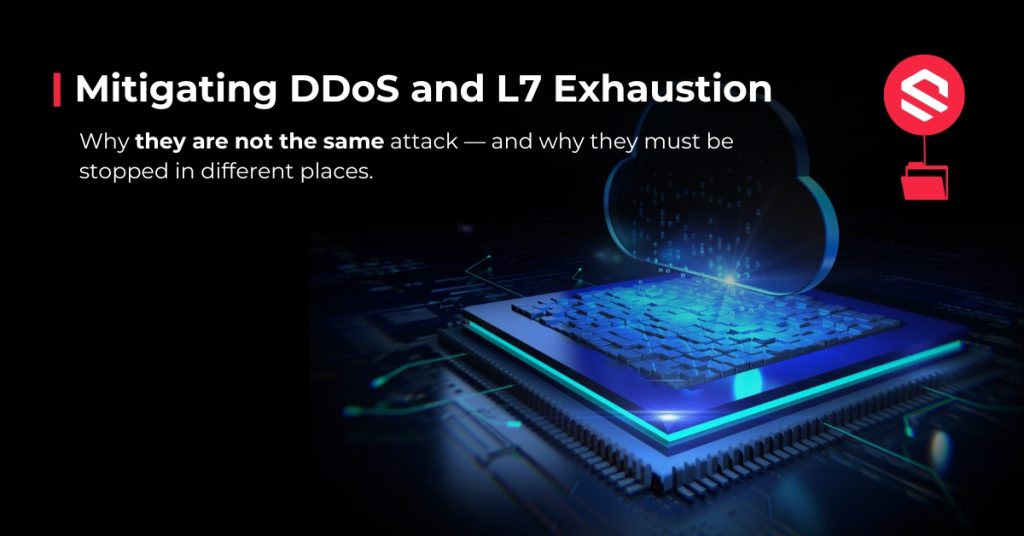
Mitigating DDoS and L7 Exhaustion: why one layer is not enough
In security discussions, the term DDoS is often used as if it referred to a single type of threat. In reality, today it covers two very different strategies that share the same goal but not the same execution: volumetric attacks at layers L3/L4 and application exhaustion attacks at layer 7. Both aim to take a…
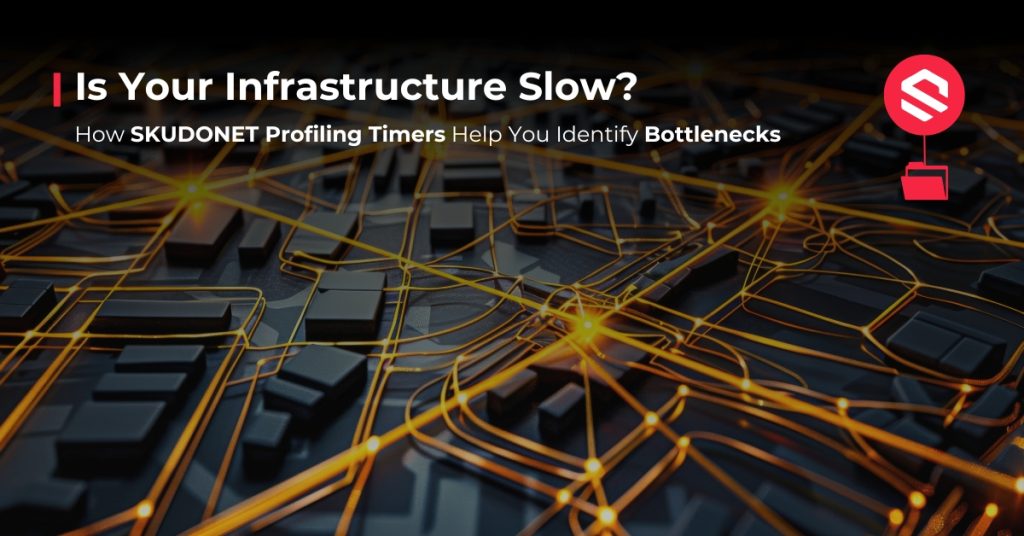
SKUDONET Profiling Timers: Detect Infrastructure Bottlenecks
Slowness in web applications and critical services isn’t just frustrating for users: it directly affects revenue, productivity, and trust in your infrastructure. Every second of delay in page load or service response can cause frustration, lost customers, and operational challenges for your IT team. The problem is that, in many cases, teams don’t know exactly…
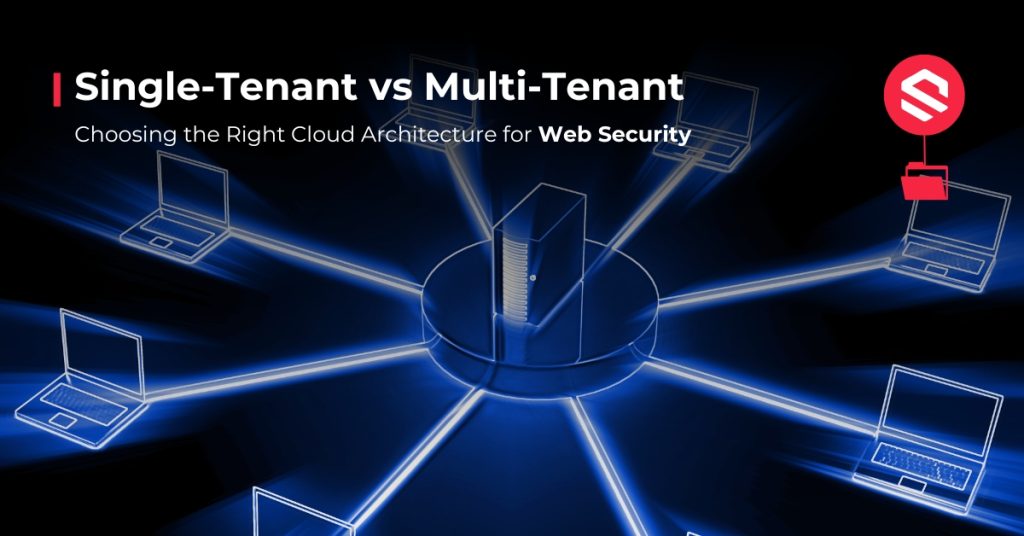
Single-Tenant vs Multi-Tenant
In this article, we’ll compare multi-tenant and single-tenant cloud architectures, and explain why solutions like SkudoCloud are reshaping how businesses approach security and performance. The adoption of cloud technology has transformed how companies manage their applications and services. However, the way the underlying infrastructure is organized directly impacts security, performance, and regulatory compliance. The chosen…
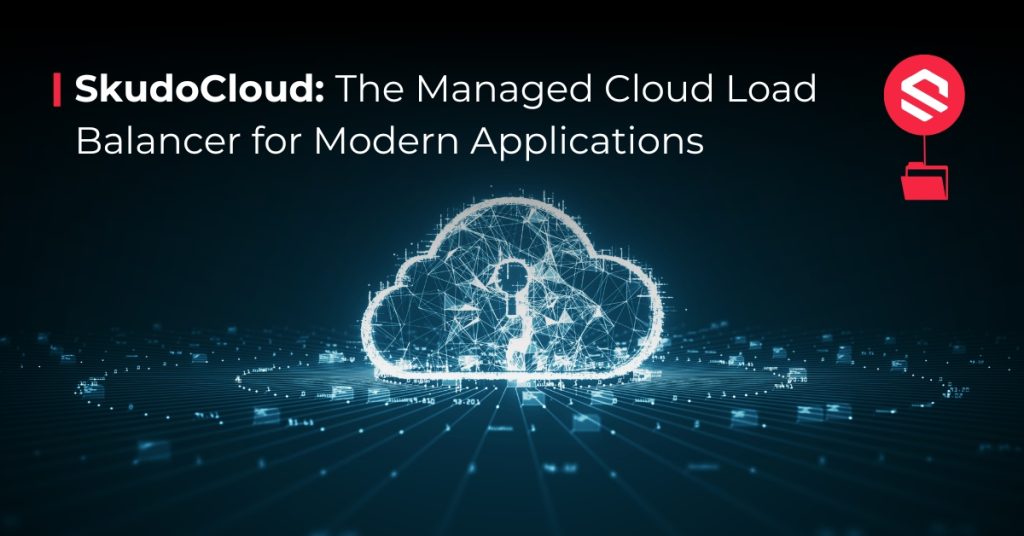
Managed Cloud Load Balancer: Zero Ops, High Availability, and Security
In recent years, digital transformation has emerged as a key driver of business growth. Customers expect fast, secure, and always-available experiences, while IT teams must ensure continuity in an increasingly complex environment. The cloud has been the natural response: it enables instant scalability, reduces physical infrastructure, and allows services to be deployed in minutes. But…
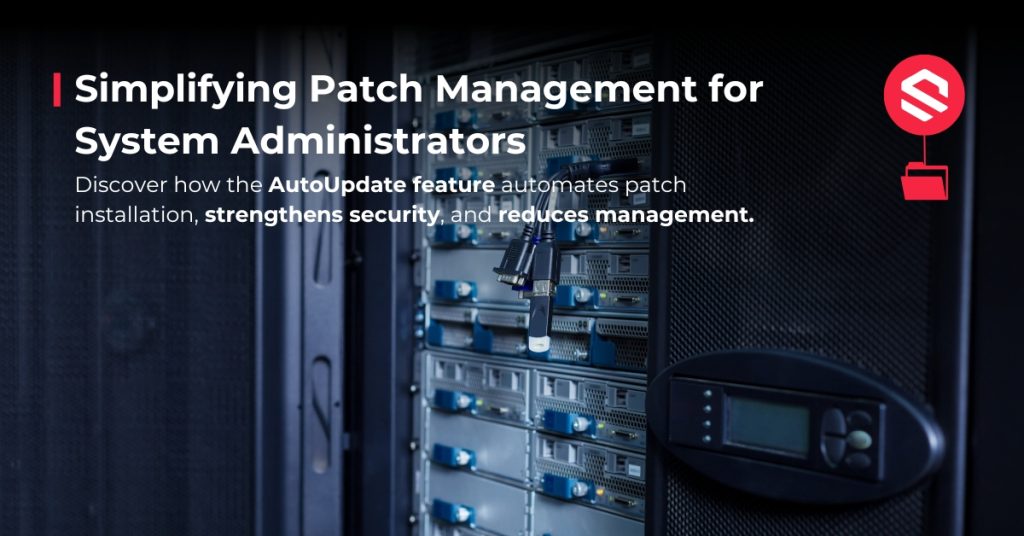
AutoUpdate: Simplifying Patch Management for System Administrators
Automatic updates are not a new concept. In consumer software, they have been running quietly in the background for years, barely noticed by users. However, in critical infrastructure and enterprise systems, the story is very different. Here, updates remain a delicate process, full of dependencies, manual checks, and risks that force teams to spend more…
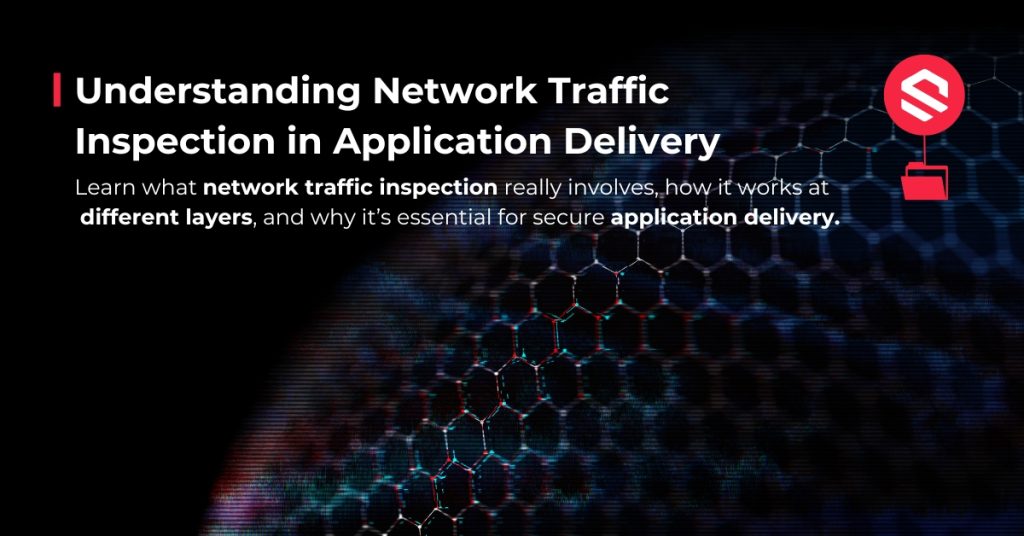
Network Traffic Inspection in Application Delivery
When a company evaluates an Application Delivery Controller, one of the key questions that often comes up is: Does it allow for traffic inspection? But this question is more complex than it seems. Traffic inspection is a critical capability in many Application Delivery Controllers (ADCs), but its meaning can vary depending on the context, the…
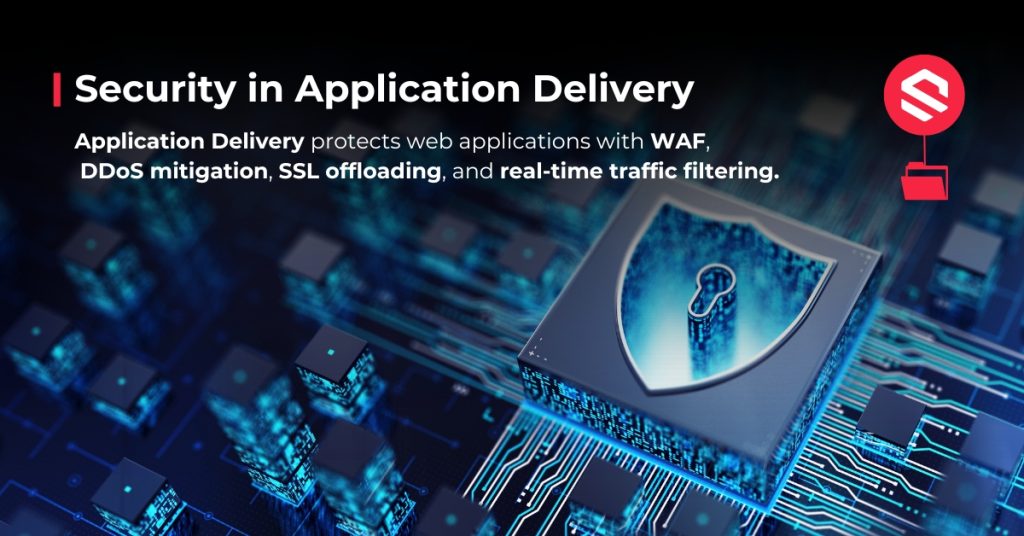
Security in Application Delivery
Web applications are the foundation of modern businesses, they´ve become critical assets. Businesses, governments, and service platforms all depend on the continuous availability, stability, and security of the applications they deliver. But as digital infrastructure grows, so do the threats: DDoS floods, zero-day exploits, bot attacks, credential stuffing, API abuse… and that’s just scratching the…
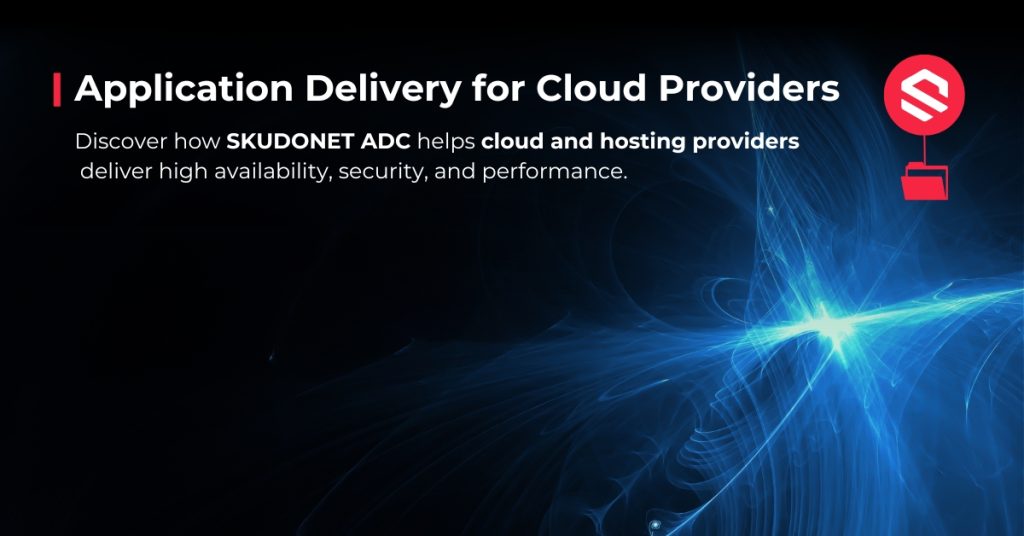
Application Delivery for Cloud Providers
Launching a cloud service used to be about uptime and bandwidth. Today, the landscape has evolved. Clients expect resilience under pressure, protection against attacks, and seamless performance—even during traffic surges or degraded conditions. For cloud and hosting providers, delivering raw infrastructure is no longer enough. Security and availability have become essential components of a modern…

TLS Certificate Management with Let’s Encrypt
TLS/SSL certificates are essential for securing web communications by encrypting the data exchanged between clients and servers. The rise of Let’s Encrypt—offering free, automated certificates—has made it easier for organizations of all sizes to secure their websites and services without added costs. However, a recent change by Let’s Encrypt has significantly impacted the day-to-day operations…

